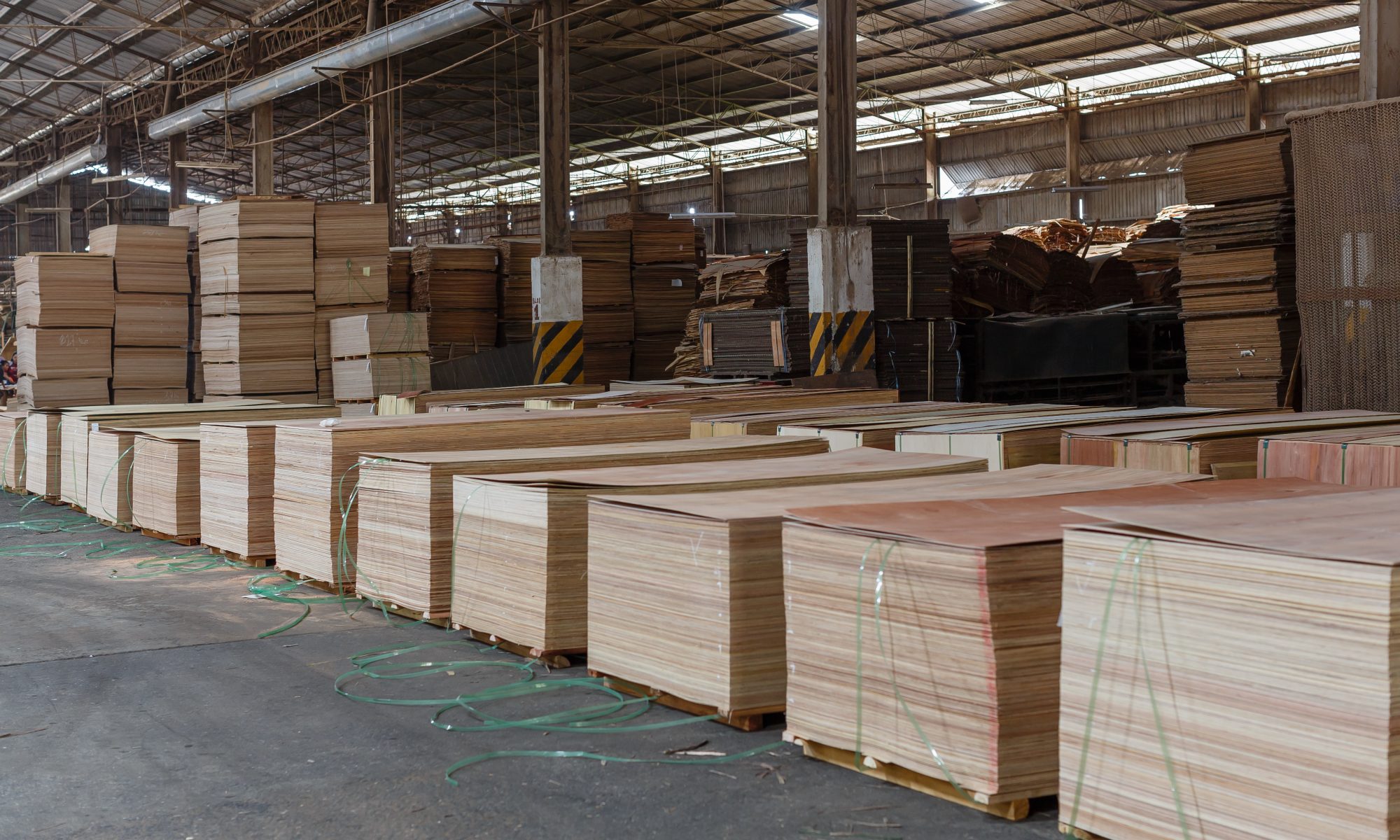The plywood weight calculator below will help estimate the total weight of any size and any type of plywood product.
Check out the lumber weight calculator to estimate lumber weights and the log weight calculator to calculate green log weights.
Just a heads up, this page contains affiliate links. If you buy through them I earn a small commission. If you chose to buy through these links I truly thank you for your support! – Jake
PLYWOOD WEIGHT CALCULATOR
*NOTE – The densities are averages derived from Home Depot and Menards. These densities can vary significantly from manufacturer to manufacturer, due especially to different wood species, layups, glues, and moisture contents.
How To Use This Calculator
First, select the plywood product in question.
Then, enter the dimensions (in inches) of the sheet/piece.
Plywood Thickness
When entering the thickness, remember that the actual thickness of the plywood can be slightly different (usually thinner) than what it is sold as. Here’s an example from Home Depot:
Some stores label their products closer to the actual thickness of the plywood to reflect the tolerances to which they are made. For example, you may see the following:
- 3/8″ sold as 11/32″ but actually 0.354″ thick
- 1/2″ sold as 15/32″ but actually 0.438″ thick
- 5/8″ sold as 19/32″ but actually 0.563″ thick
- 3/4″ sold as 23/32″ but actually 0.688″ thick
Again, all of this varies from manufacturer to manufacturer. Just be aware of what you are actually getting if it’s important to your project.
Finally, enter the number of sheets you have into the plywood weight calculator and hit calculate.
Weight Variability
Also be aware that there can be a lot of variability in weights between different manufacturers, so use this calculator solely for estimation purposes.
Things like wood species, glues, layups, and how much the end product is sanded before sent to stores can affect the final weight.
Note that moisture content, especially in treated plywood, varies wildly. Moisture content is dependent on how much drying time the plywood has had before you purchase it. It is possible that you could get two 4×8 sheets of treated plywood, each the same thickness, and have one weigh almost twice as much as the other! At least this is according to the manufacturer’s specs.
If you want to test for moisture content before you buy, pick up a moisture meter. They are great little tools and aren’t too expensive. This is the moisture meter I use almost on a daily basis. It’s also great to test firewood for proper seasoning.
For more information on design specifications and ratings of plywood, check out APA’s Resource Library. You need to create an account but it’s free.



